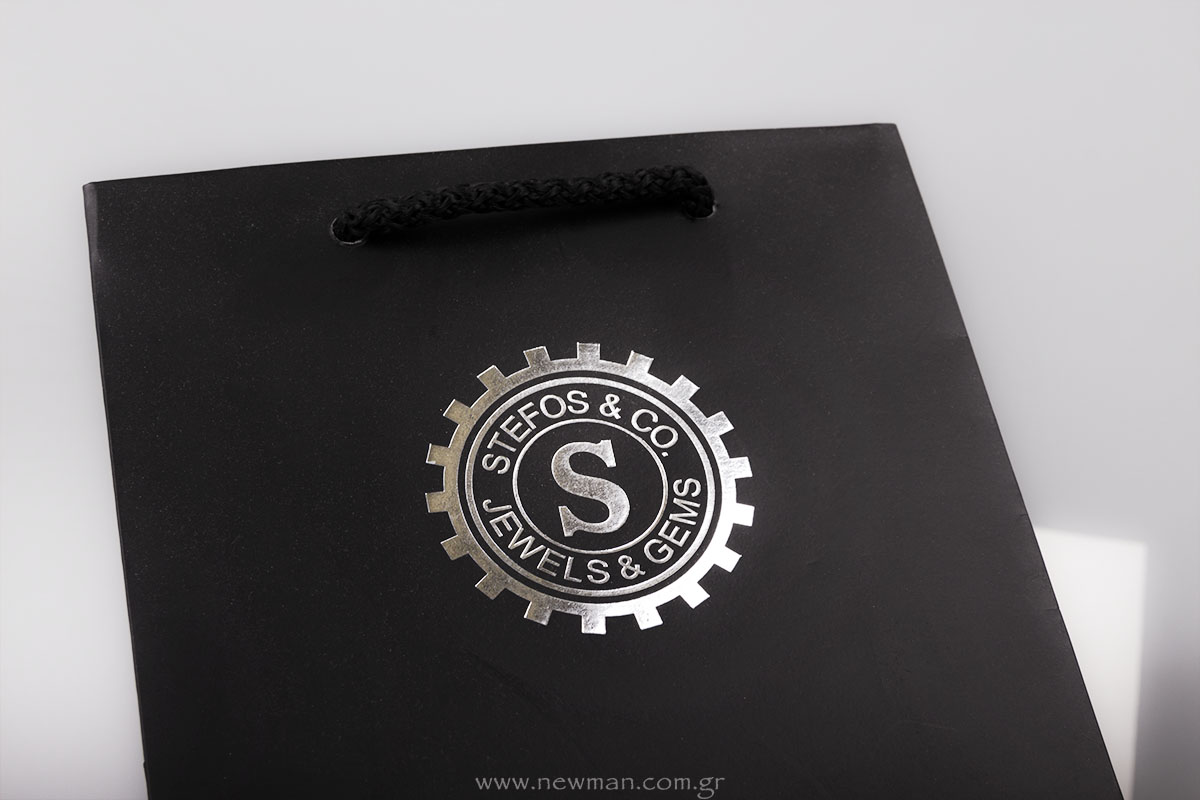Jewels Packaging, Uncategorized, Printing, Informative Articles
Hot Foil printing – What is it?
What is Hot Foil printing technique?
If you want to add a touch of luxury to your designs, you’re going to want to know a bit about foiling. Often used on premium print media, like invitations, business cards, reports and letterheads, this is a process whereby metallic foil is applied to the surface of the paper using either a manually-operated or pneumatic (air-powered) machine. The result? A truly stunning effect that pulls out details of the design in a metallic or colored sheen.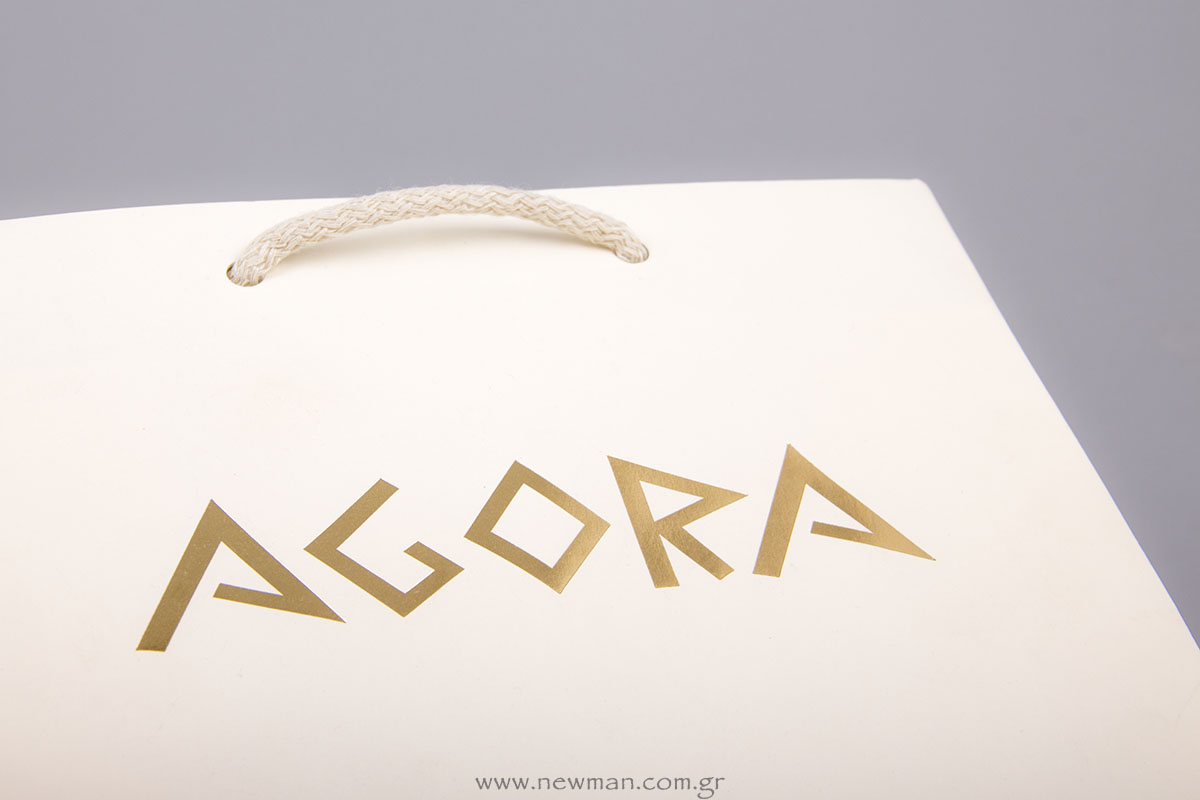
History
Some of the very first manuscripts ever produced used real gold leaf to decorate intricate calligraphy. The process of applying raw gold leaf to paper was related to the craft of gilding, in which wafer-thin layers of gold were brushed onto items like bullae (amulets), picture frames, statues, and furniture.
After printing presses became more widely used in Europe in the 18th and 19th centuries, books became the focus of metallic foiling. The most beautiful and expensive books were bound in leather cases which were often embellished with gold leaf. This process was combined with embossing or bevelling, which left a relieved or raised impression on the surface of the cover.
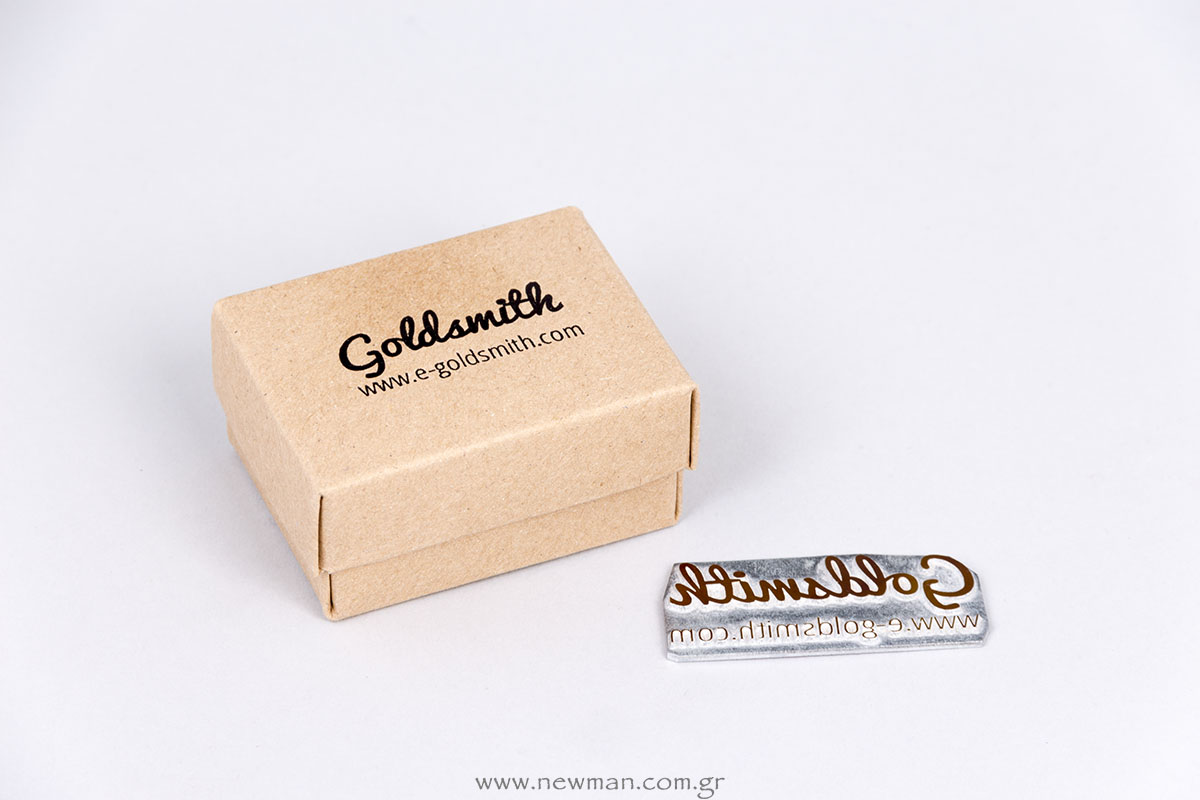
Nowadays, the foiling process doesn’t use real gold leaf (save in exceptional, and very expensive, circumstances). Metallic foils are now made of aluminium or tin, and are combined with a color layer to produce the desired effect. For designers, this is a much-loved development, giving you a wider choice of colors without the risk of blowing your budget!
Although many printers will have a standard range of foil colors that they provide at a lower price point, which typically include gold, silver and copper, you can also request custom foil colors from an almost endless range of options. Want a metallic rainbow effect on your wedding invites? There’s probably a foil color out there to do just that.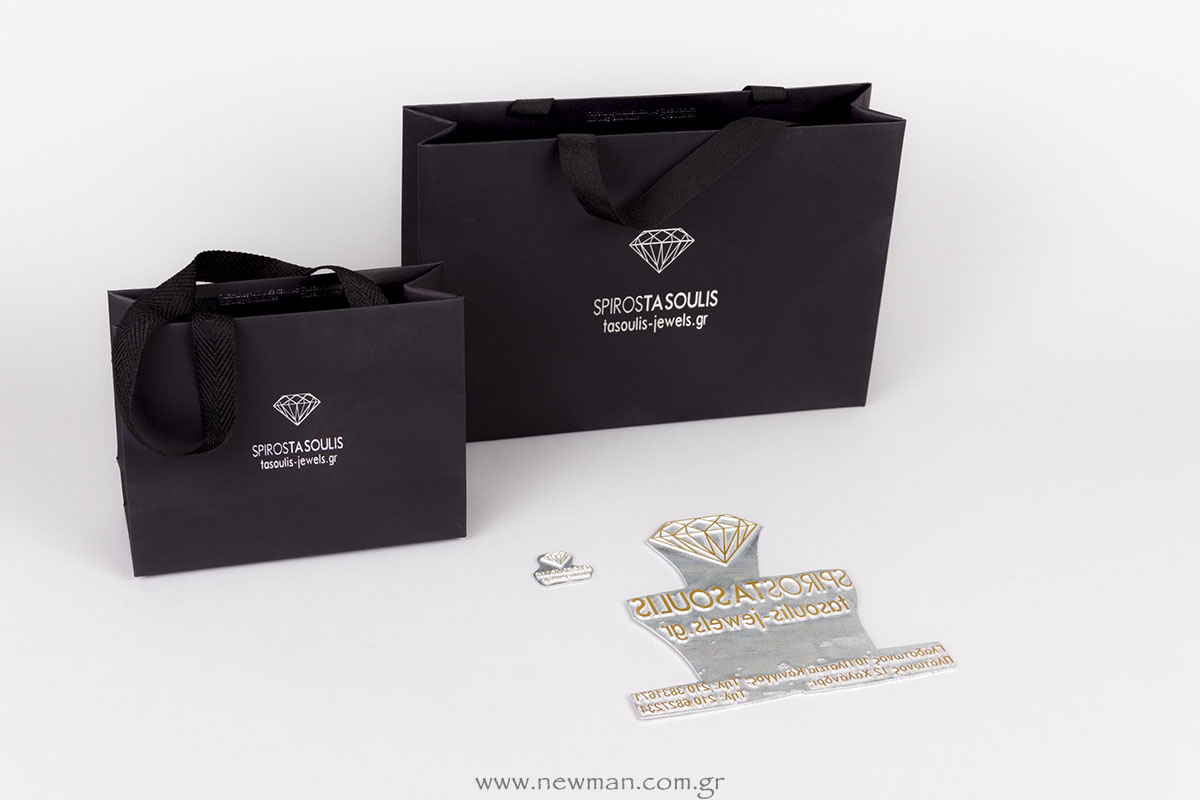
Luxe & style for your business identity
Even though foiling is an added expense to a standard print job, due to the extra hours and resources that go into stamping the foil after printing, it is still a relatively economical method for producing an impressive effect that really ups the luxury factor of a product.
You’ll notice that designers use foiling across all sorts of things, from packaging to stationery. It’s a sure-fire way of making your design feel more expensive and aspirational, without the hefty price tag.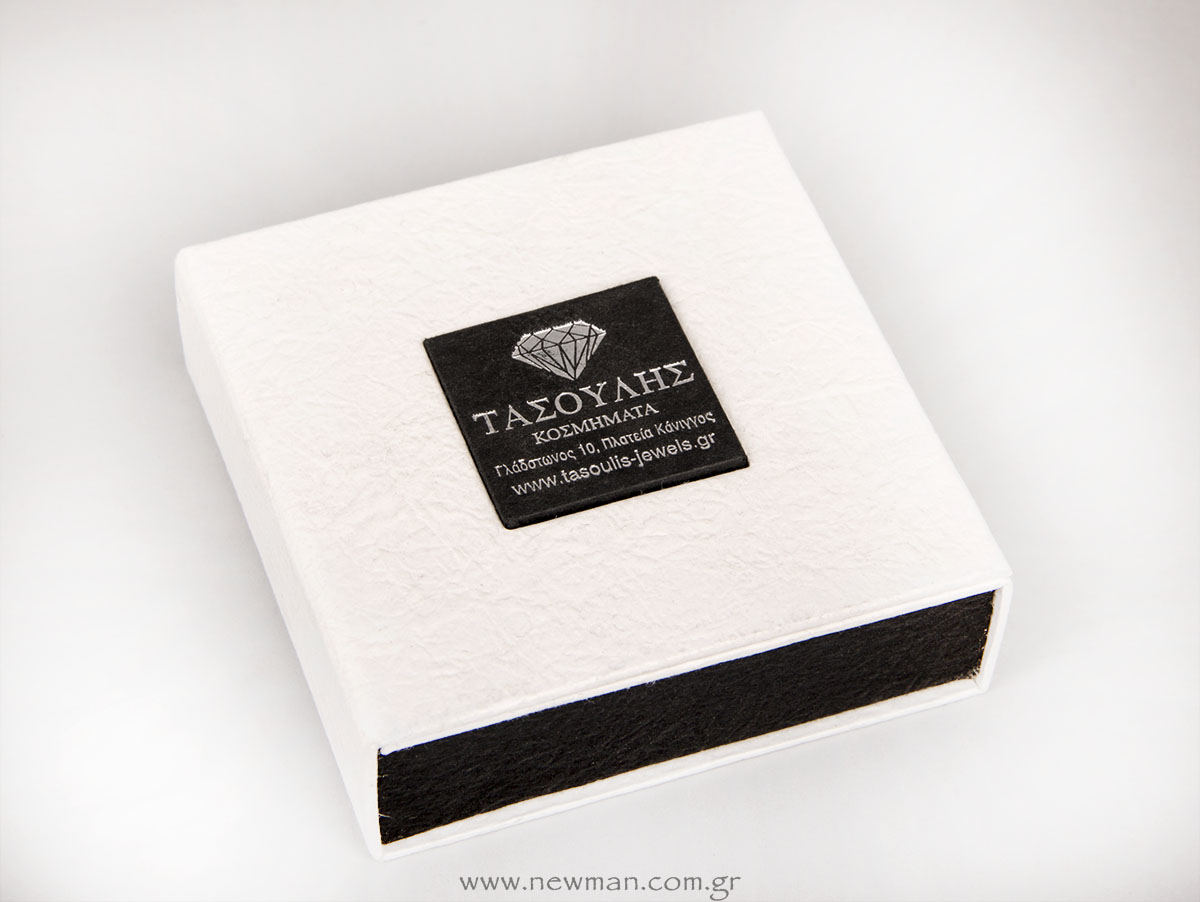
Hot Foil printing process
Metal die
The design to be rendered in foil is etched onto a metal die. The die is heated up, and the foil is placed between the die and the surface of the paper or other material to be stamped. When the die is applied to the surface, the foil bonds to the surface, producing the metallic effect.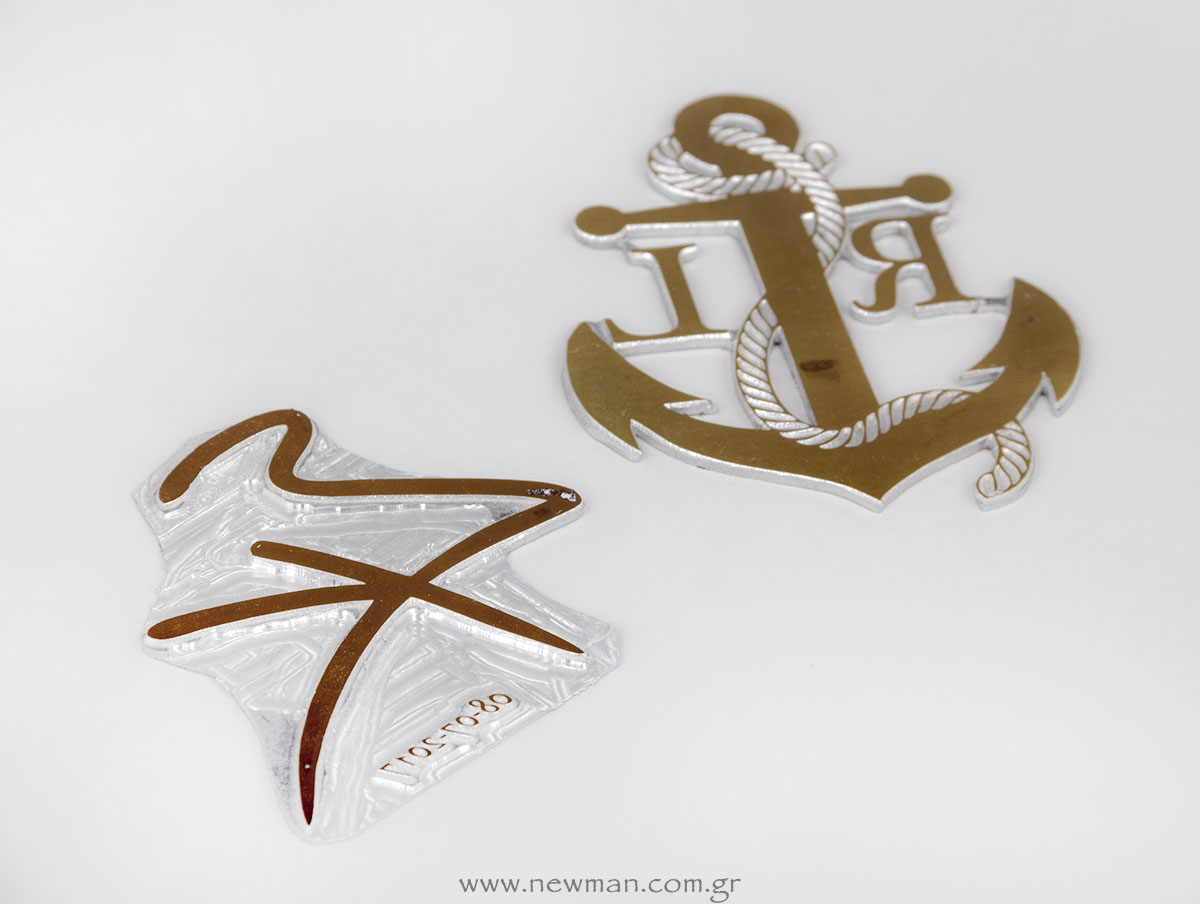
Dies range in price depending on their size and the material they are made of. The cheapest dies are made from magnesium, which is a softer metal and, as a result, can only be used for a certain number of impressions. More expensive dies are made from copper, which is pretty tough, or brass, which is even stronger.
Once your die has been made using acid etching (where your die is placed in an acid bath after being exposed to UV light), it can be used for a number of print runs, which will vary depending on the material. If you’re producing a short print run, it’s possible that your die can be stored and used for another run later down the line. Your printer can store this for you, or you can request to take it away when the run’s finished.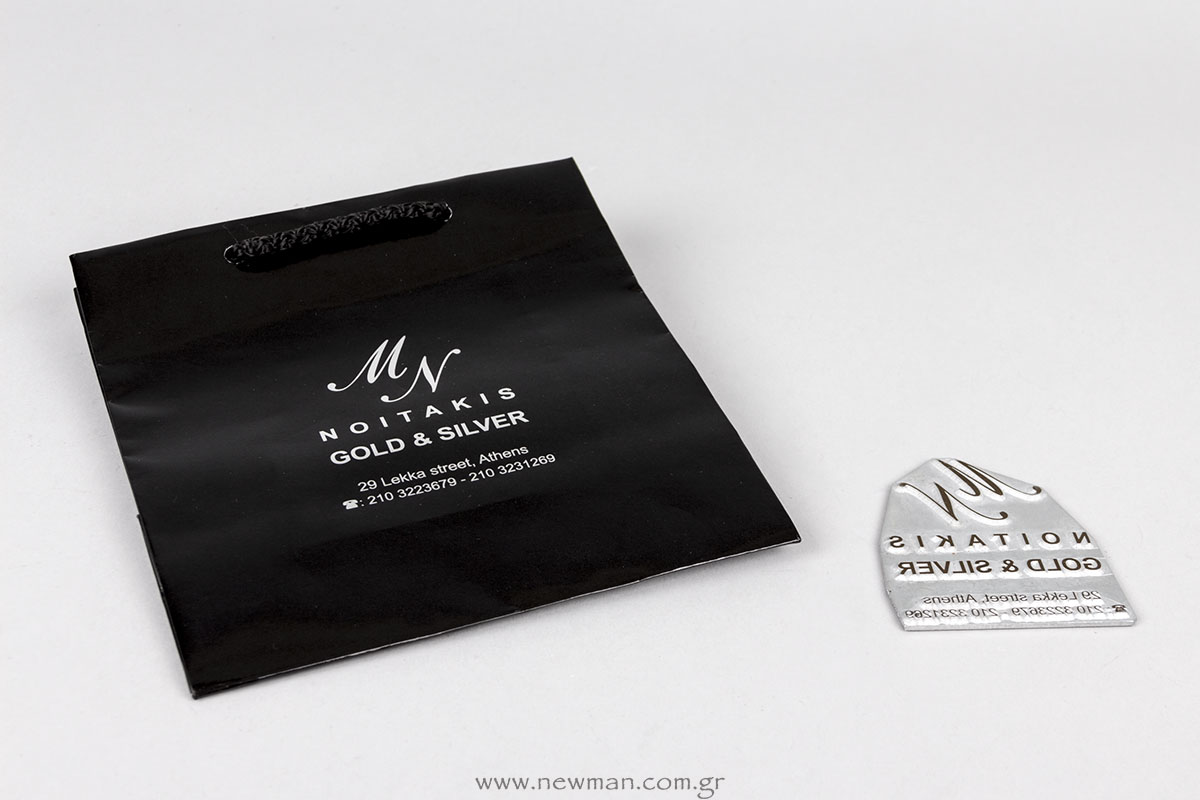
Foils (colors)
Foils themselves come in a huge range of textures and colors, which can be split into four categories. Choosing your foil is probably the most exciting part of the foiling process, and if you’re willing to pay a little extra, your options are almost unlimited.
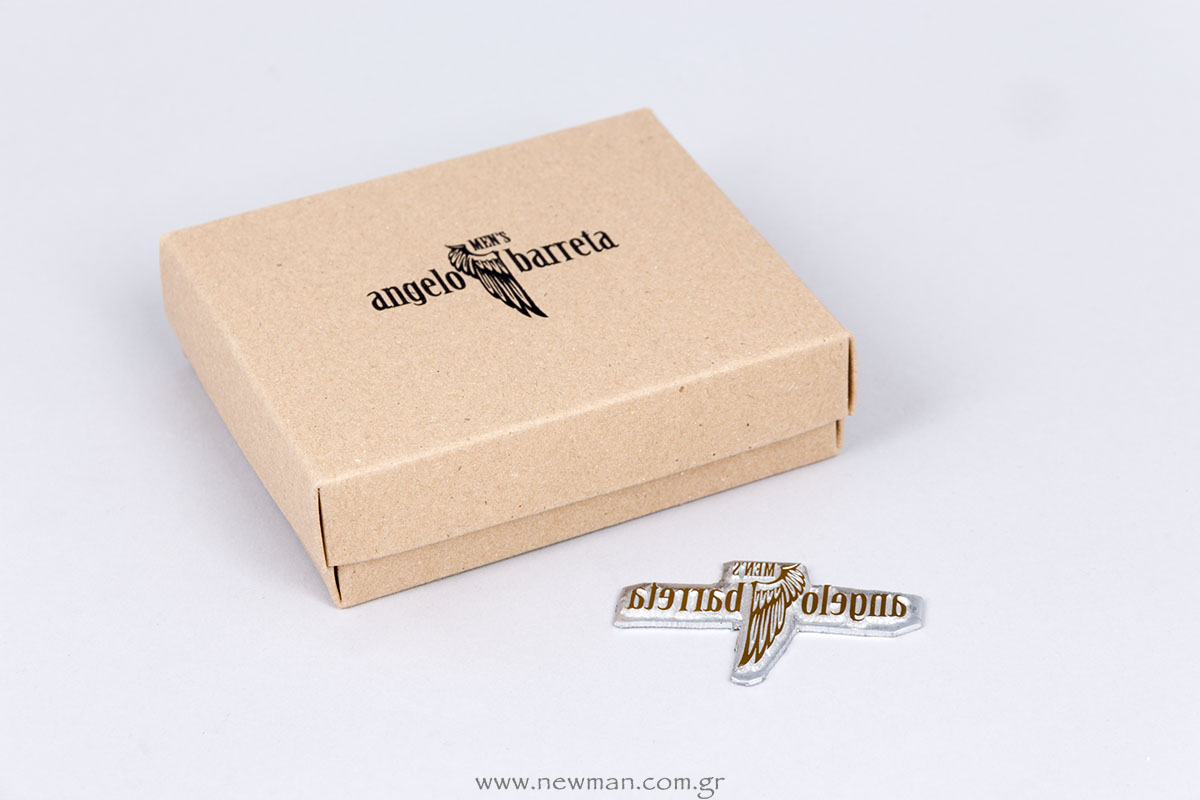 Metallic foils replicate the look of precious metals, such as gold, silver, or copper. These are considered standard by most printers, so they’ll probably carry this limited range in-house. But you can also request orders for other metallic foils, like rose gold or metallic colors like red and blue.
Metallic foils replicate the look of precious metals, such as gold, silver, or copper. These are considered standard by most printers, so they’ll probably carry this limited range in-house. But you can also request orders for other metallic foils, like rose gold or metallic colors like red and blue.
Pigment foils don’t have a metallic look, but instead come in a range of matte or gloss colors. These are great for pulling out text or logos in an eye-catching color and texture.
Pearl foils add a pearlescent, ethereal sheen to otherwise mostly transparent or translucent color. They are used to give more tactile shine rather than color to a design, and are a pretty, subtle choice for elegant stationery like invitations and business cards.
Holographic foils appear to be silver before application, but in fact they reflect a variety of colors back at the viewer, giving the impression of a holograph or rainbow. These are fun and youthful when used in the right context, and are also popular for Christmas-themed designs.
Tip:
Bright colors look better printed on dark colored surfaces while dark colors look better printed onto bright colored surfaces. Likewise, matte colors look better printed on glossy paper and thw other way around.
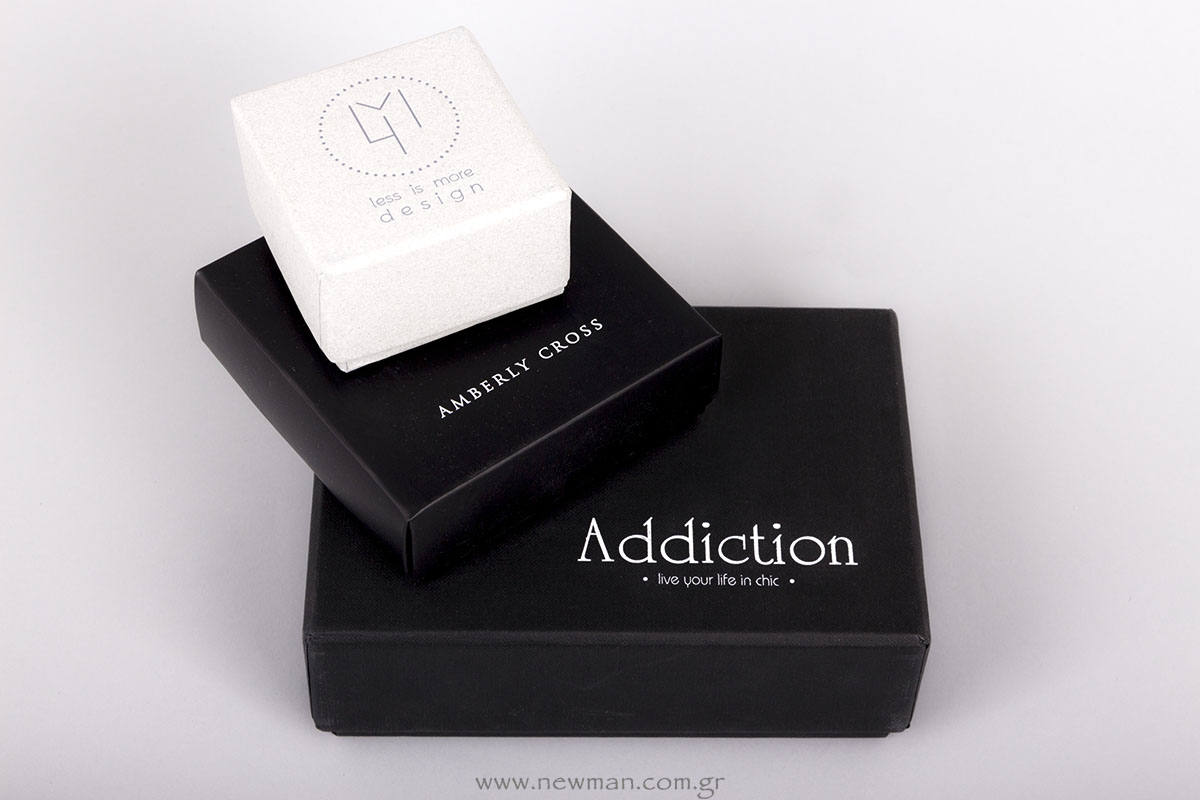
Why choose Hot Foil printing technique?
There’s probably nothing more satisfying than seeing your digital design come to life when printed and foiled. A simple business card can look instantly impressive with a dash of bronze foil, and a silver sheen has the magical ability to make somebody choose one product over another, based on the packaging design alone.
Almost all print media that is meant to be special in one way or another will probably benefit from foiling. Some items to consider adding foiling to are:
- Invitations—for New Year’s Eve celebrations, Christmas parties, gala events and weddings.
- Business stationery—make your business seem more upscale by adding foiling to business cards, letterheads, envelopes, and reports.
- Promotional materials—adding foiling to brochures, booklets and catalogs makes your offering seem instantly more aspirational and enticing.
- Packaging—up the luxe factor of bags, boxes, ribbons, labels and stickers. Jewellery labels look particularly luxurious with a touch of foil.
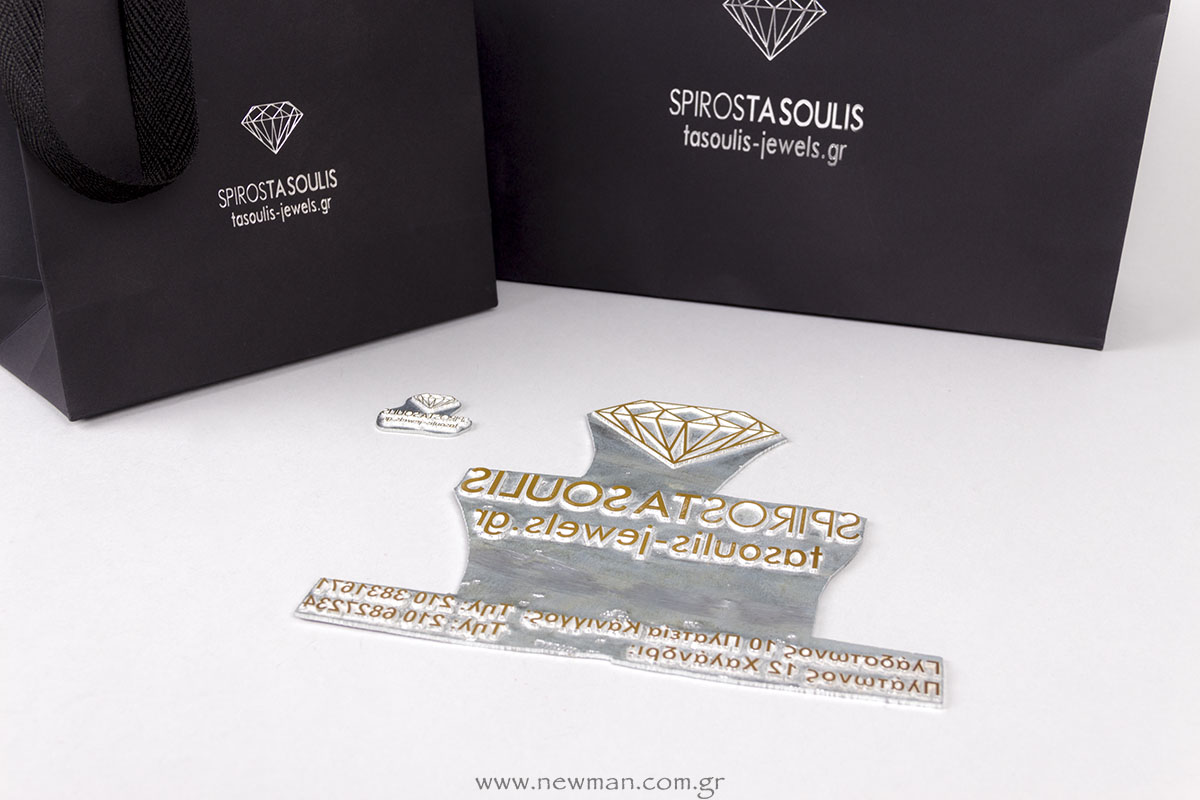
© 2017 Newman Co., All rights reserved.

